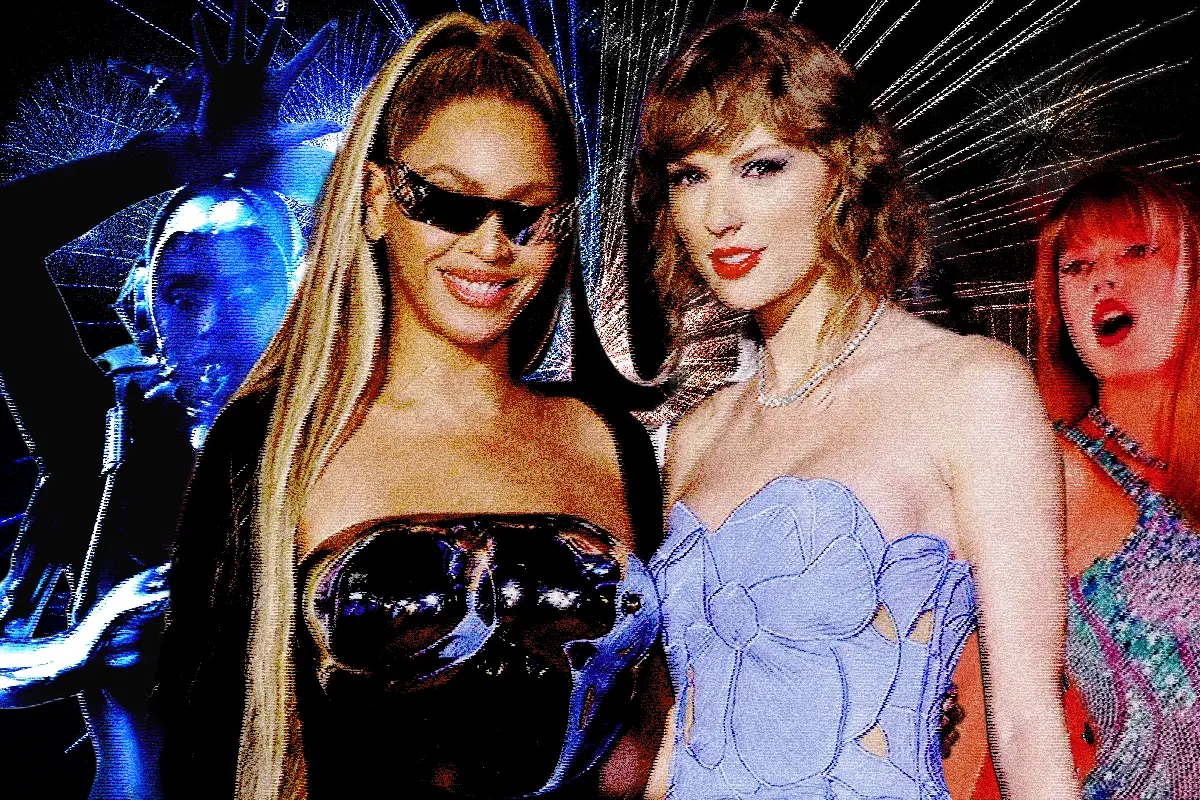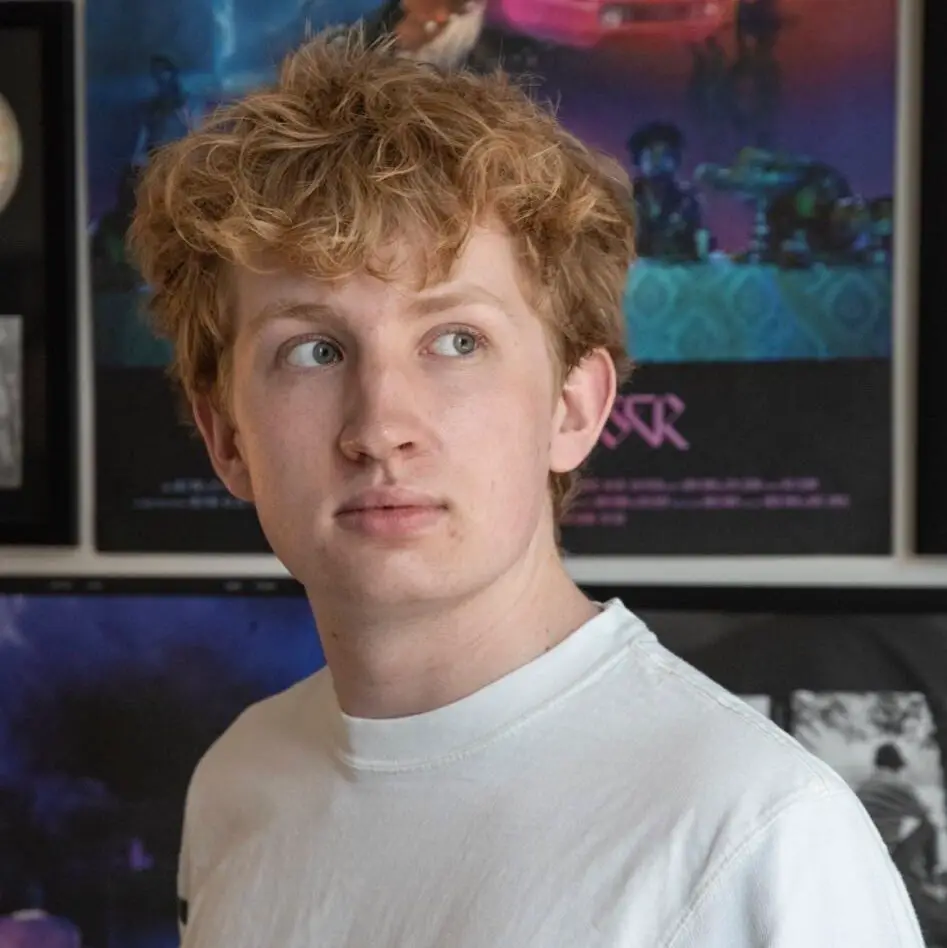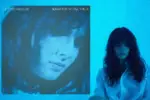Pop music reigned supreme in 2023, with Beyoncé and Taylor Swift reigning as the leading divas. In the 26 years of Beyoncé’s reign, few years measure in comparison to the behemoth that was her 2023. Swift’s 17th year in popular music can only be recognized as one thing: career-defining. But for a year in which neither star released a full-length project of new music, what exactly made 2023 so special for each? The secret behind what drove their unprecedented levels of popularity has to do with the access they granted each of their audiences.
Beyoncé’s once-in-a-lifetime “Renaissance World Tour” took over stadiums across Europe and the U.S. this summer while Swift’s career-spanning “Eras Tour” made its rounds across stadiums domestically. Prior to the beginning of Swift’s tour, unprecedented demand for tickets crashed Ticketmaster in Nov. 2022, leaving many fans without admission to the tour and forced to scour resale sites for tickets priced as high as $90,000. Beyoncé’s tour earned approximately $579 million, landing the show a spot in the top 10 highest grossing concert tours ever.
In the five years since each of their previous tours, Swift’s “reputation Stadium Tour” and Beyoncé’s “On The Run II” tour, live music has drastically changed. COVID-19 shut the world down in early 2020, threatening the future of live music as a whole as complete digital interaction became the only way fans could engage with their idols. Digital and social media had been increasingly utilized by the music industry as a way to grow and adapt with evolving technology, but 2020 was the first year when this remote, digital communication became absolute. So when two of music’s biggest names announced they would be offering the chance to see them perform live again, fans jumped at the opportunity.
Swift’s tour focused on performing material from all walks of her career, especially the albums released in the time since her 2018 “reputation Stadium Tour.” Beyoncé’s show maneuvered through her 2022 album “RENAISSANCE,” through homagé’s to the Black and queer culture that inspired it, and made pit-stops throughout her own expansive catalog. Each of these shows were notably different from their previous endeavors in the form of intent and execution.
Swift’s shows built upon the signature theatrical approach of her previous tours, but this time offered three hours of non-stop storytelling. Beyoncé’s tour fostered an environment intended to bring people together in an inclusive space through performances meant to uplift marginalized voices and identities. Beyond just the respective concert’s intention, each of the star’s approaches to public interaction was notable.
Over the last decade, the public’s accessibility to Beyoncé has drastically changed. Gone is the figure who could be frequently found among the late-night television circuit promoting new music and casually posting on Instagram. At some point within the last 10 years, she discovered power in scaling back the access she allows the public to have.
“I always battle with, how much do I reveal about myself?” she said in her 2013 documentary “Life Is But a Dream.”
Beyoncé has since clearly found an answer within the last decade as glimpses into the inner-workings of her world have become limited. Television appearances, in-depth interviews with journalists and direct communication with fans via social platforms has largely been scaled back. But rather than create a divide between her audience and herself, this tactic of limiting the amount the public hears from her has only increased the interest in her personal world and work.
Where Swift’s lyrics aim to morph her own experiences into those of audiences, Beyoncé’s work as a whole is less copy-and-paste “relatable” and more aspirational — with some exceptions, of course. There are general themes present in Beyoncé’s work that can be interpreted as relatable — such as love, loss, anger, heartbreak, longing — but the way she executes her musical and visual projects to frame these concepts appeals to audiences not because they can necessarily directly see themselves within her work, but because her work is executed at such a high, sophisticated and fine-tuned level.
Beyoncé’s “Renaissance World Tour” this year is a prime example of her ability to harness the power of both relatability and unattainability. As has been the case for her entire career, Beyoncé’s performances stun because of her supernatural abilities to bring her music to life through otherworldly vocal technique, complex choreography and the cohesion of fine-tuned visual and auditory elements. Watching her perform is an act of both aspiration and inspiration. We continue to buy tickets to her shows, listen to her music and go to her film screenings because she tirelessly inspires audiences to push themselves to their own full potential—just as she does on stage and in the recording booth. Rather than directly seeing yourself in her work, Beyoncé’s determination to push her own boundaries and her tireless pursuit of perfection elicits a type of emotional response within you that encourages you to be great in your own right. This pursuit of perfection is what has positioned Beyoncé alongside entertainment legends such as Michael Jackson, Madonna and Prince. But this year’s “Renaissance World Tour” showcased a Beyoncé less focused on achieving complete perfection in the execution of her performances, and more interested in allowing herself to engage with her audience and let loose.
Of course, Beyoncé will always ensure her live performances are incomparable, transcendent experiences. But rather than getting shaken by wardrobe malfunctions or sound issues, she embraced them by shooting audiences comical expressions and shrugging the mistakes off with a simple “oh shit!” Some of these mishaps made it into her concert documentary “Renaissance: A Film,” further demonstrating how she’s less worried about things being perfect, and more satisfied with finding contentment within the imperfections.
“I’ve allowed myself to just be free. But the freedom was different. Before, I would rehearse ad nauseam, so I was so prepared that I could be free. But this tour, I’m just free,” she said in “Renaissance: A Film.” “After so many years, I just feel like this is my reward.”
Within her relaxed nature, she allowed her audience to catch glimpses into the person behind the “Sasha Fierce” persona. This, coupled with her dedication to honoring Black and queer identities throughout the Renaissance tour, created a level of “access,” as one might call it, that felt especially rare for dedicated fans to have. For the first time in a long time, Beyoncé took time to acknowledge her crowd one by one, reading out their signs and complimenting their outfits. By allowing some of the professional walls first constructed to establish her legacy to come down, she granted fans an entry point to Beyoncé the human—which is a luxury often not afforded.
Swift has also spent her career building up her skills and abilities to deliver next-level production and storytelling through her live shows. She has found her way from being a teenage girl writing songs about unrequited love in her bedroom to arguably the world’s most famous person. 2023 was the year that her level of popularity exceeded the previous high she’d experienced with the release of “1989” in 2014, positioning her popularity among sensations such as Beatlemania.
Similarly to Beyoncé, Swift’s popularity throughout 2023 was tied to access she granted her audience, and more specifically experiences she granted fans that allowed them to feel further connected to her. Each night of her “Eras Tour,” she played two “surprise songs” from her back-catalog for audiences, rarely repeating selections. This practice of treating audiences each night to two unique performances created a sense of closeness to Swift among her captive crowd. Once they left the show, they earned the right to tout the surprise songs they got to hear live — a sort of “being in the room where it happened” effect. Swift also took ample time to address her audience each night, often switching up her speech to fans depending on what she felt like sharing. Swift is someone who has scaled back her online communication with fans, but these moments at her live shows offer priceless interaction and insight into the woman behind the moss-covered piano.
Further, Swift kept plenty of surprises for various tour stops across the country this summer by inviting special guests onstage, granting one lucky fan her hat while performing “22” every night and surprise announcing two of her “Taylor’s Version” albums. This variation among shows created unique experiences for the fans in attendance, which in itself can be considered an act of letting audiences get “closer” to Swift. Those who were in the stands when Swift premiered the music video for “Karma” with Ice Spice or “I Can See You” forever have that moment shared with the singer — as well as 60,000 other people.
Each star approached interacting with their audiences this year in different manners, but with a shared openness to allow the world in. Beyoncé’s “Renaissance: A Film” incorporated rare behind the scenes footage that allowed for further connection to her. Though Swift’s “Eras Tour” film left out any footage that granted access beyond the stage, her show in itself was a vessel for direct interaction with her dedicated audience. Many have compared the two powerhouses this year, but such comparison undermines the distinct differences between both that have contributed to their ascent to the top in the first place.
Rather than arguing who was more successful overall in 2023, recognize that the most valuable thing each star accomplished was creating experiences that celebrated and connected with their audiences.

















